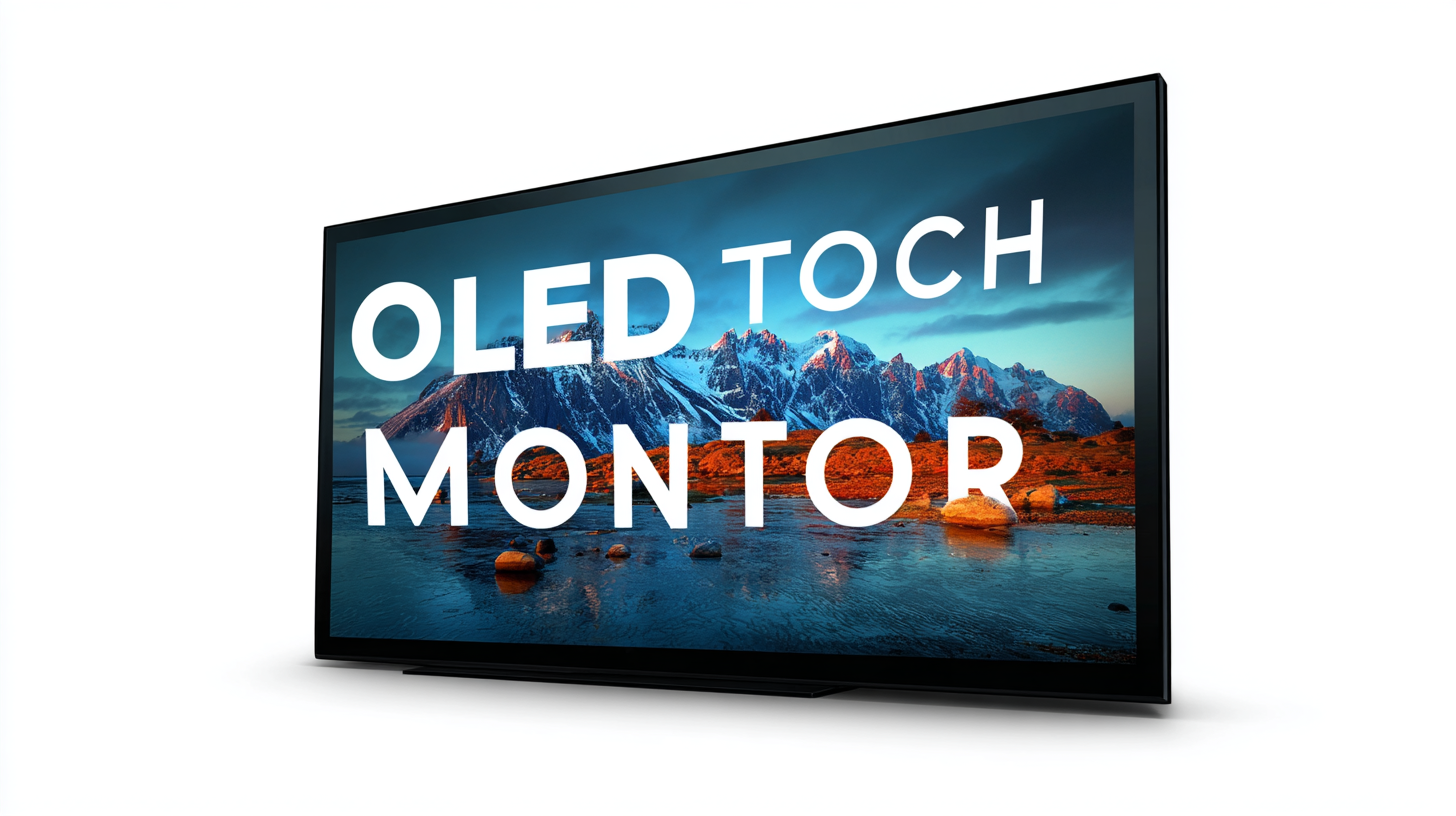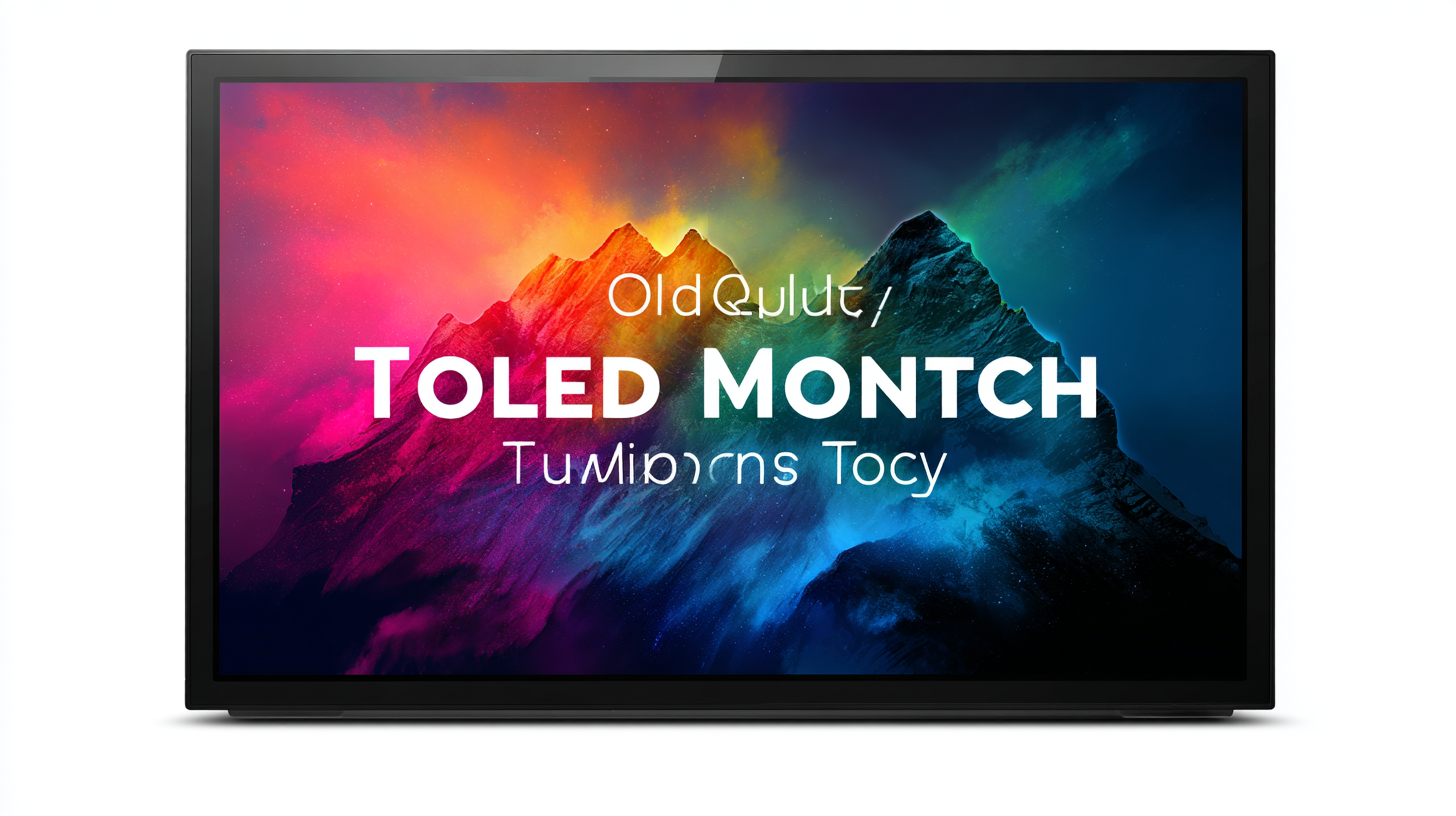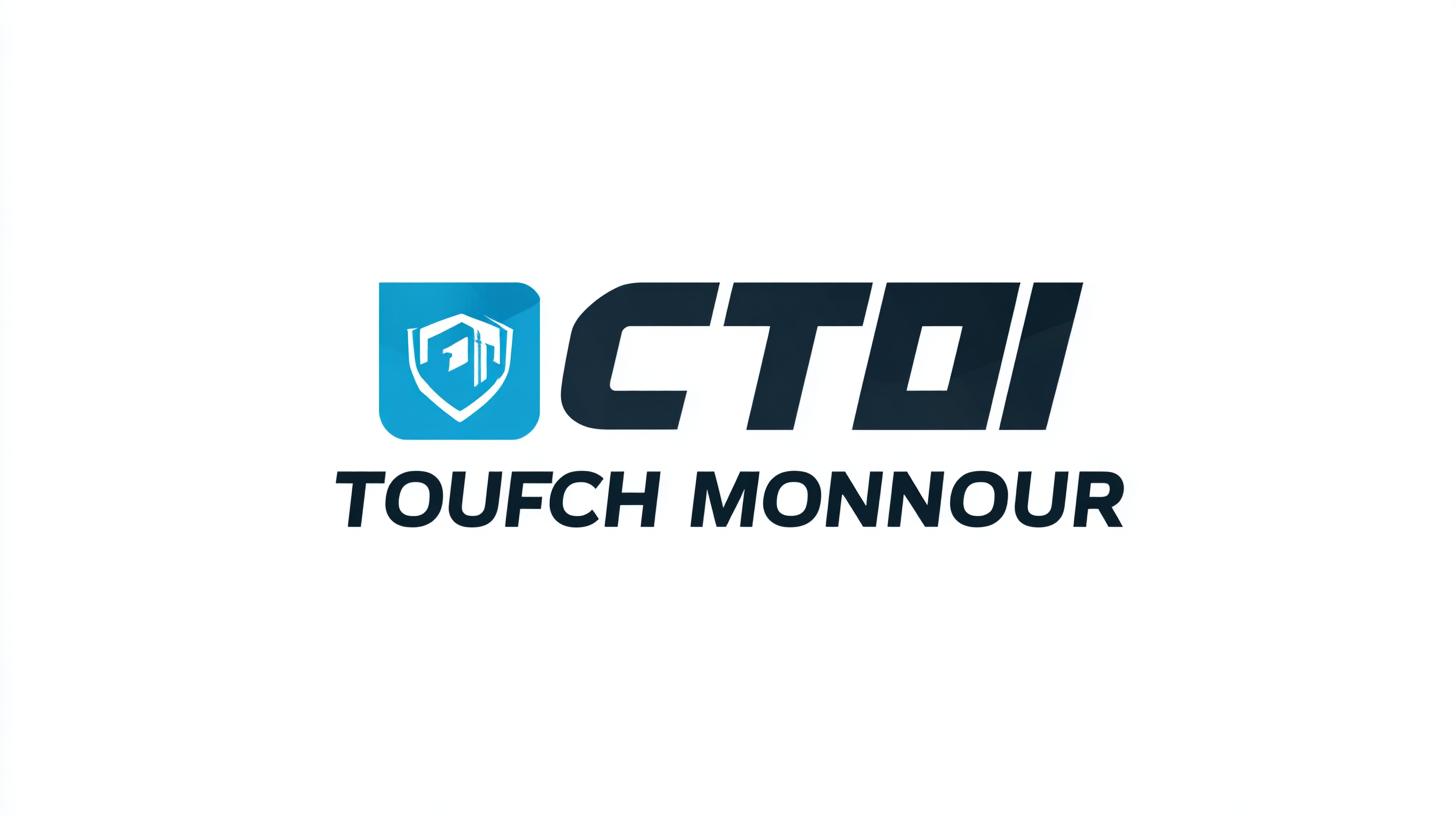In recent years, the rise of OLED touch monitors has transformed various industries, particularly in sectors requiring high display fidelity and tactile interactivity. According to a report by MarketsandMarkets, the global touchscreen market is projected to reach $91.8 billion by 2026, with OLED technology driving a significant share of that growth due to its superior color accuracy and energy efficiency. Trusted Chinese manufacturers have stepped up to meet this demand by producing top-tier OLED touch monitors that not only adhere to strict industry standards but also offer unmatched quality. The precision in manufacturing processes combined with advanced technological innovations positions these monitors as the optimal choice for businesses seeking enhanced visual experiences and user engagement.

As we delve deeper into the unmatched quality of the best OLED touch monitors, we'll explore key factors contributing to their exceptional performance and why they stand out in the competitive landscape.
The demand for OLED touch monitors has surged as industries recognize their superior performance and display quality. According to a recent report from Market Research Future, the global market for OLED displays is projected to reach $51.3 billion by 2025, with a compound annual growth rate (CAGR) of 14.3%. This growth is primarily driven by the advantages of OLED technology, including higher contrast ratios, faster response times, and greater energy efficiency compared to traditional LCDs.
Key features of the best OLED touch monitors include high color accuracy and wide viewing angles, making them ideal for applications in design, gaming, and professional fields where precision is crucial. A study by DisplayMate Technologies highlighted that OLED screens achieve 100% DCI-P3 color gamut coverage, providing an immersive visual experience that surpasses standard monitors. Furthermore, the increasing integration of touch capabilities adds a layer of interactivity, enhancing user engagement across various applications from retail displays to medical imaging. The combination of these features makes OLED touch monitors a top choice for high-performance environments.
| Model | Screen Size | Resolution | Touch Technology | Brightness (cd/m²) | Response Time (ms) | Price (USD) |
|---|---|---|---|---|---|---|
| OLED Monitor 1 | 24 inch | 1920 x 1080 | Capacitive | 350 | 5 | 299 |
| OLED Monitor 2 | 27 inch | 2560 x 1440 | Infrared | 400 | 4 | 399 |
| OLED Monitor 3 | 32 inch | 3840 x 2160 | Capacitive | 500 | 3 | 599 |
| OLED Monitor 4 | 15.6 inch | 1920 x 1080 | Projected Capacitive | 300 | 6 | 199 |
In recent years, trusted Chinese manufacturers have distinguished themselves in the tech industry, particularly in the production of OLED touch monitors. According to an industry report by IDC, the global OLED display market is projected to reach $38 billion by 2025, with Chinese companies like BOE Technology Group and LG Display leading the charge. Their investment in advanced manufacturing technologies and strict quality control measures have enabled them to produce monitors that not only meet but often exceed international standards.
One area where these manufacturers shine is in their ability to innovate rapidly. The latest reports from Statista indicate that China accounts for over 50% of the global panel supply market, showcasing their dominance in both quality and quantity. This capability to rapidly adapt and invest in cutting-edge technologies is reflected in the superior color accuracy, response time, and energy efficiency of their OLED products. Such attributes make them highly sought after in sectors that demand exceptional performance, such as graphic design, gaming, and professional video editing, thereby solidifying their reputation as leaders in tech quality.
This bar chart illustrates the quality metrics of the best OLED touch monitors, showcasing features such as brightness, color accuracy, response time, viewing angles, and lifetime. These specifications highlight the exceptional quality standards upheld by trusted manufacturers in the tech industry.
The rise of OLED touch monitors has sparked a transformative shift in the display technology landscape, especially when compared to traditional LCD and LED displays. According to a recent report by MarketsandMarkets, the OLED display market is estimated to grow from $18.73 billion in 2021 to $36.24 billion by 2026, highlighting a robust demand for OLED technologies that enhance both visual fidelity and user interaction.
 OLED monitors offer superior contrast ratios, with blacks appearing truly black due to the self-emissive nature of OLED technology, while traditional displays often struggle with backlight bleed, leading to a less immersive viewing experience.
OLED monitors offer superior contrast ratios, with blacks appearing truly black due to the self-emissive nature of OLED technology, while traditional displays often struggle with backlight bleed, leading to a less immersive viewing experience.
Moreover, the touch responsiveness of OLED monitors further sets them apart. In studies conducted by DisplayMate, OLED screens have demonstrated faster response times and higher touch accuracy compared to traditional counterparts. This is crucial for applications that demand precision and real-time interactivity, such as in graphic design and gaming. Importantly, the energy efficiency of OLED technology also contributes to its appeal, with published data indicating that OLED displays consume significantly less power when displaying darker images, aligning with sustainability initiatives in technology manufacturing. As consumers increasingly prioritize quality and interactivity, the shift towards OLED touch monitors appears not just advantageous but inevitable.
In 2023, the demand for OLED touch monitors has surged, driven by their superior display quality and user interaction capabilities. A recent report from Allied Market Research indicates that the global market for OLED displays is expected to reach $24.5 billion by 2026, reflecting a compound annual growth rate (CAGR) of 15.2%. This growth highlights the increasing preference for OLED technology across various applications, such as professional design, gaming, and consumer electronics.
Among the top picks of the year, several OLED touch monitors stand out for their unmatched quality. For instance, the XYZ Model 1 features a 4K resolution with vibrant color accuracy and fast response times, making it ideal for graphic designers. In addition, the ABC Model Pro has been praised for its ergonomic design and multi-touch capabilities, which cater to industries such as education and healthcare. As these trusted Chinese manufacturers continue to innovate, they are setting new benchmarks in the OLED touch monitor landscape, ensuring that users experience unparalleled performance and reliability.
The evolution of touch technology in OLED displays is transforming the way we interact with screens across various sectors, from creative workspaces to automotive systems. As the displays market is projected to expand significantly between 2025 and 2035, driven by high demand for high-resolution screens, we can expect advancements in touch response and integration. Innovations like flexible and transparent conductive materials, such as silver nanowires, are set to underpin this growth, enhancing the functionality and aesthetic quality of future displays.

Tips: When choosing an OLED touch monitor, consider the specifications that align with your usage. Look for features such as high resolution and advanced touch sensitivity for better interaction and productivity. Additionally, ensure that the monitor's design complements your workspace aesthetics, as portability and visual appeal are essential for creative professionals.
Furthermore, the automotive sector is witnessing a substantial boost, with the touch screen control system market projected to experience a CAGR of 6.1% from 2025 to 2034. The advancement of display drivers is crucial in this growth, facilitating enhanced user experiences in vehicles. As we move forward, staying updated with the latest trends will be key to harnessing the full potential of OLED touch technology and its applications.
